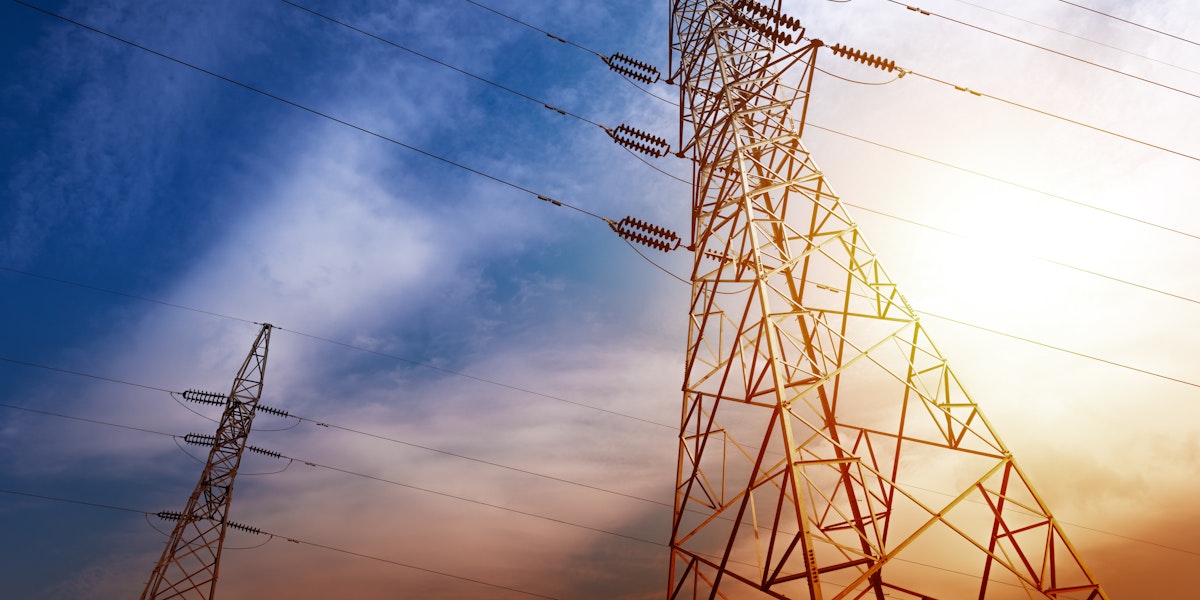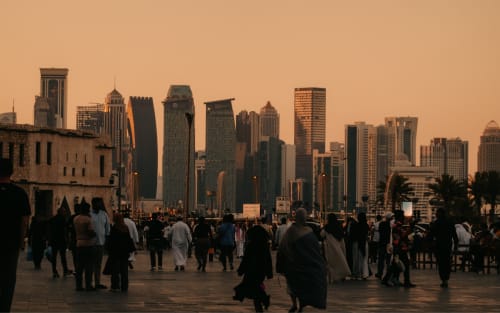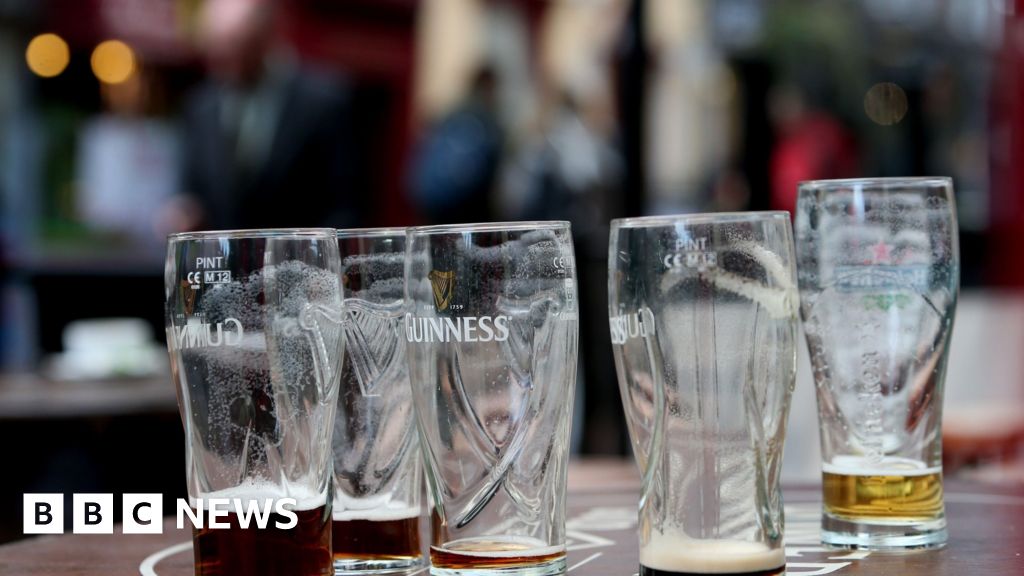Developing Asia reached a 98% access rate in 2024. India and Indonesia now have universal access, leaving most of the remaining gap in Pakistan, Afghanistan, Mongolia, Myanmar, and the Democratic People’s Republic of Korea, which together account for 83% of the region’s population still without electricity. Progress has stalled since 2021, with four of the five countries showing slower progress than before the pandemic.
Latin America is close to universal access, with 98% of the population connected in 2024. But the last few percentage points are proving difficult. Remote areas such as the Andean Highlands and the Amazon remain underserved, and at the current pace, it could take 15 years to close the gap. Honduras and Haiti face the largest challenges. In Haiti, about half the population still lacks electricity, and progress in 2024 was 56% below the 2015–2019 average.
Sub-Saharan Africa accounts for eight out of ten people globally without electricity. The number of people lacking access grew between 2020 and 2022 but has since begun to fall, though progress is concentrated in a handful of countries such as Côte d’Ivoire, Kenya, and Mozambique. In 2024, regional progress remained below pre-pandemic levels, with 27 countries still lagging their 2015–2019 averages. Early 2025 estimates suggest a modest acceleration, supported by record solar PV imports from China and new electrification policies in key countries.








